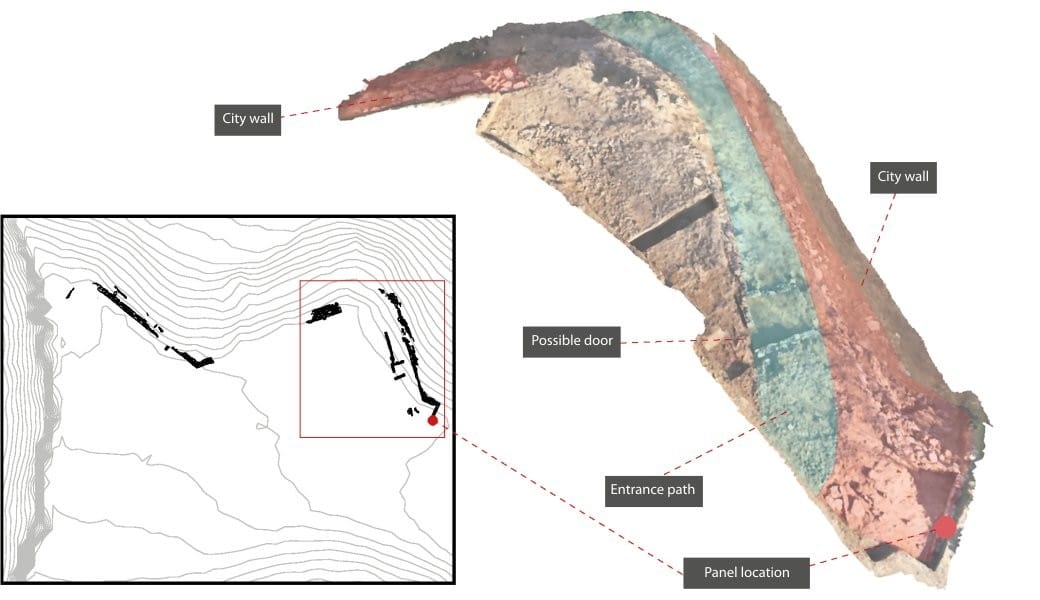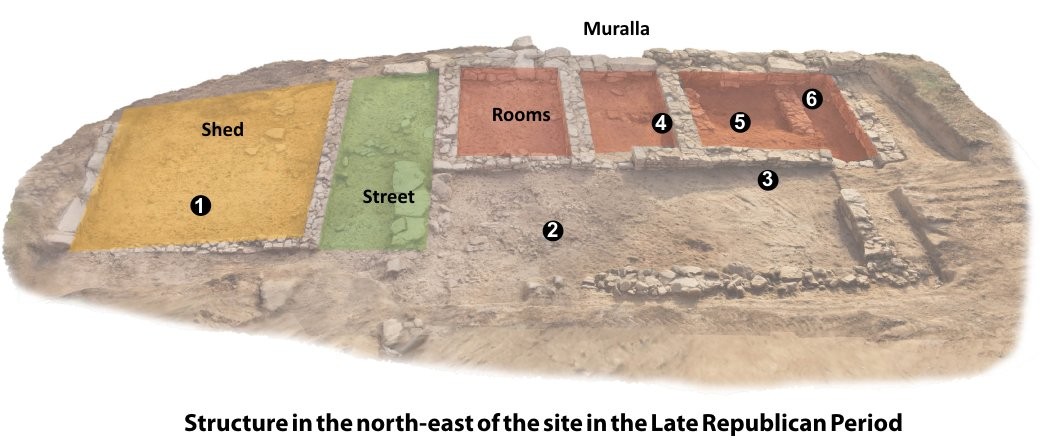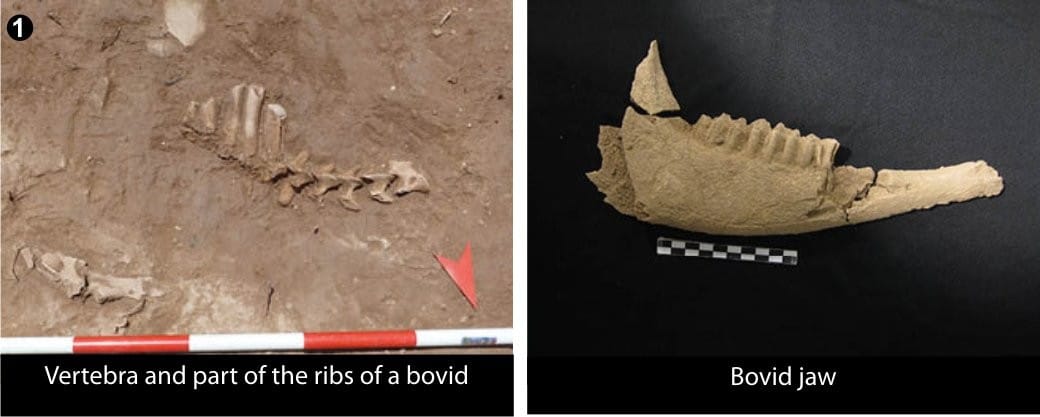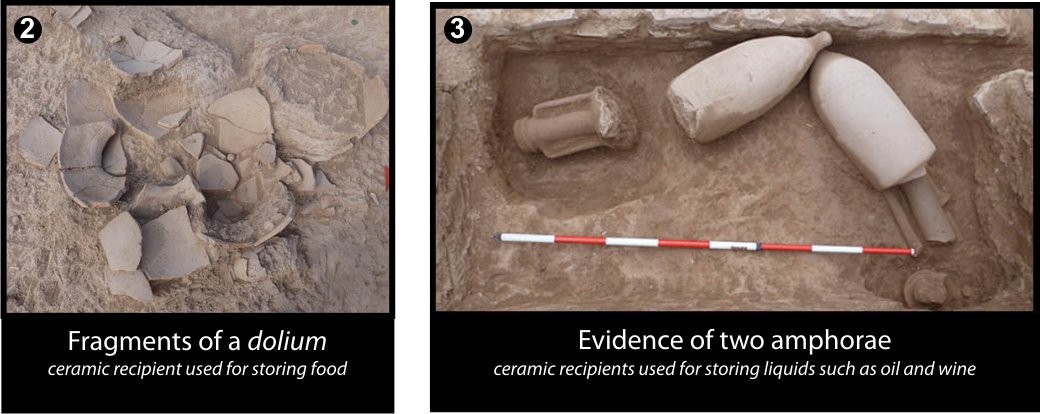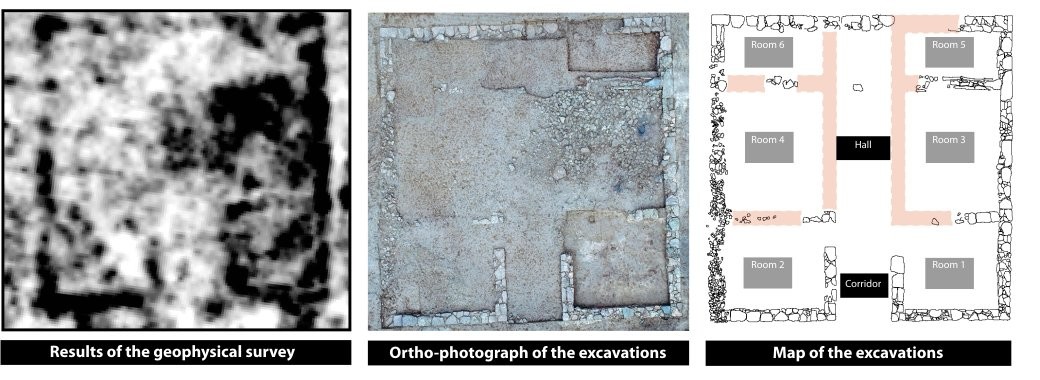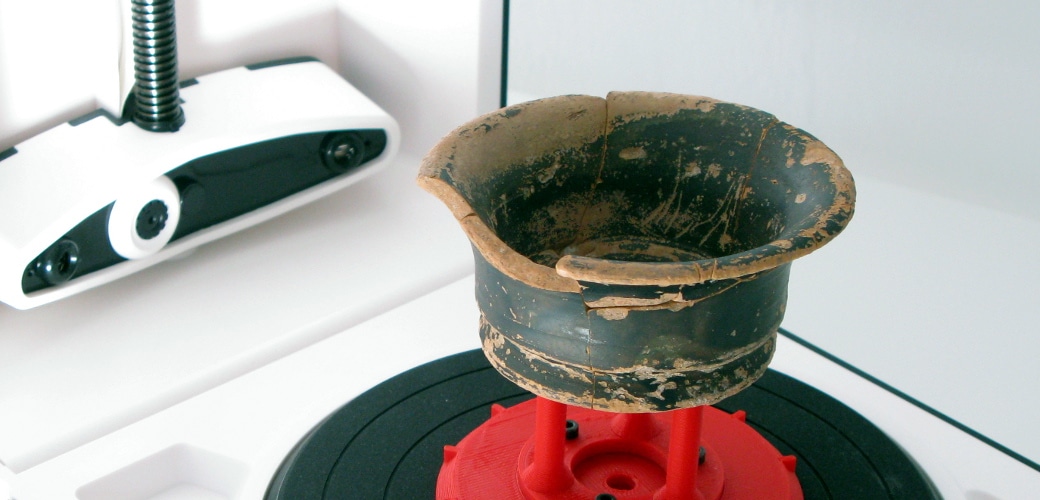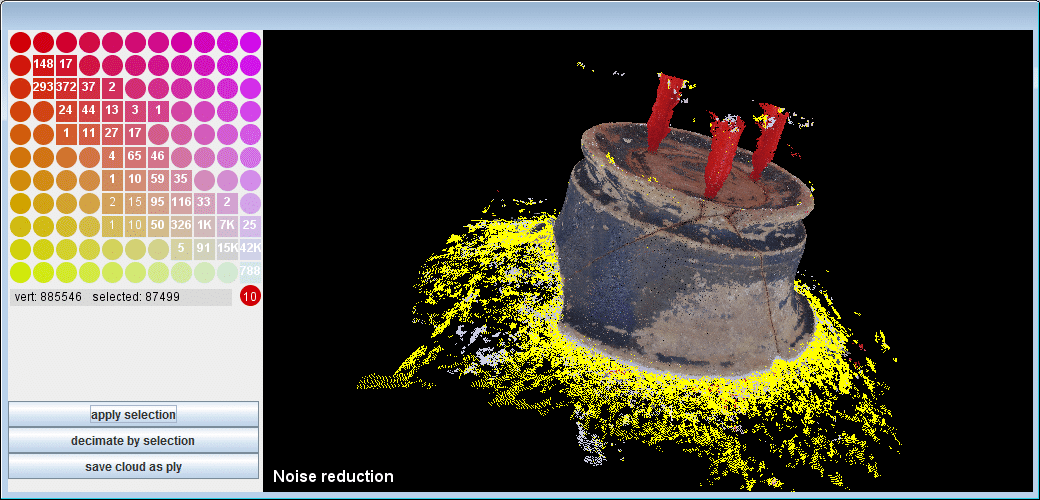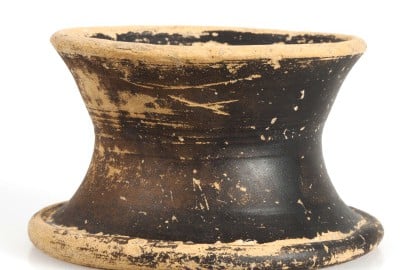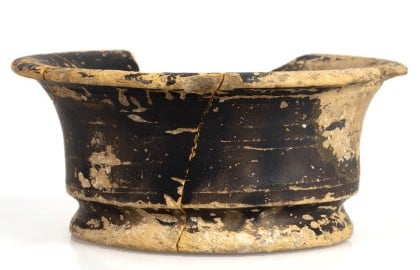Was Puig Ciutat a strategic control point?
The location of the settlement makes it very valuable from a defensive and strategic point of view as access is only by two natural routes to the north and south. However, the poor long-distance visibility might have made it necessary to have several control points in the vicinity.
In two of the excavated areas a city wall from the Late Roman Republican Period was discovered.
The section of wall described in this panel is not currently visible. Until it has been consolidated, it has been covered over again to ensure its conservation.
Where was the way in?
The archaeological excavations suggest that the wall bordered the settlement on the east and south sides of the hill.
It’s difficult to know the exact location of the gates in the wall, on account of its eroded state. However, certain clues suggest the presence of a gate on the south-east flank of the site.
How did they get in?
The excavation has revealed a rectangular construction located inside the wall.
Its purpose and date are unknown to us. It has a small, sealed entrance that could have been a second way into the settlement.
Who were they defending themselves from?
Roman military remains have been found in different parts of the site and its vicinity. This suggests a siege by Roman troops established in camps around the settlement.
It’s therefore believed that there could have been a confrontation between Romans.

